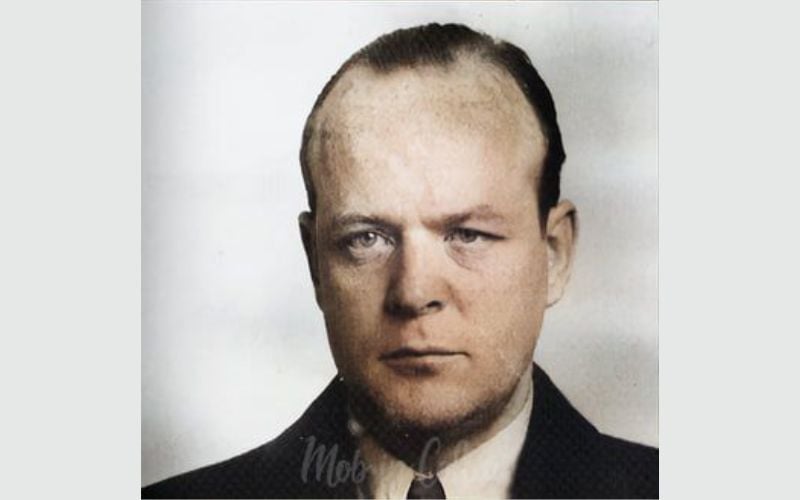The world is paying attention to California's cities as they start to topple like dominoes into bankruptcy. Many of them are reeling from a deflation in real estate values which saw their sources of revenue shrink. But due to long term deals they made while they were flush, they have not been able to reel back on spending outlays in order to adjust to the new economic realities.
Sports stadiums, boat harbors, new municipal buildings, fleets of brand new vehicles and generous labor contracts with their unionized municipal employees have brought them to their knees economically. Many others are on one knee, begging the state or the federal government to step in and help. But of course this is akin to asking the economically blind to lead the economically blind. The cities are a microcosm of spending by the state and federal government. But they can't, like the federal government, print more money, or in the case of the state, issue as many debt obligation bonds or push off debt into the future.
Stockton, San Bernadino, Mammoth Lakes and Compton California, all have recently filed for bankruptcy protection, or are on the verge. But experts believe they are just the tip of the iceberg as the recession still has a grip on the golden state. In the meantime, other cities have been proactive in dealing with their fiscal problems as their citizens vote to rein in municipal workers union power.
What will these cities look like after they emerge from bankruptcy? The City of Vallejo was one of the 1st major California cities to file bankruptcy in 2008 and just recently emerged.
I talked to the director of finance for the City of Vallejo, Deborah Lauchner and she was able to illuminate post bankrupt Vallejo for me.
According to her, when the city first started to hit the financial skids in 2008, they tried to pare back on expenses and asked their employees for concessions. They had 11 mediated sessions in trying to work something out but none of the 4 unions representing city employees would budge and Vallejo was forced to file bankruptcy.
Before filing bankruptcy, employee compensation cost 75% of the general fund budget. After emerging from bankruptcy employee compensation cost the city 82% of its general fund budget.
The 1st union to come to the bargaining table was the police union. According to Lauchner, since the police union was first, they actually got a great deal and ended up with raises. Each successive union that came to the table after that got a little less. The fire dept came to the bargaining table last and actually took a small hit.
Average police officers salaries and benefits are 234,000, with current staff of 97. Average fire fighters wages and benefits are 216,000, with a current staff of 80.
Current staffing levels for public safety are 43% of what they were prior to bankruptcy. Many in the safety services chose retirement and the city has not replaced the losses.
Lauchner said: "We had a sales tax increase with an approved budget for FY 12/13 that uses almost $5 million in reserves to cover the shortfall in revenues. Our expenditures are not quite where we want them to be at this point. That is directly related to an oversight by the City related to negotiations that have pushed off resolution for at least one more year." The City of 116,000 is currently paying for $165 million in unfunded liabilities associated with past employees and retiree benefits.
I said "that's a huge burden to put on the shoulders of the citizens of Vallejo. I know you've streamlined the city and are cutting expenses wherever you can...Have you considered privatizing any services?" She said: "We are always looking for opportunities. We are hampered by some of the language in the labor agreements, but we are continuing to look for more flexibility as we re-negotiate these agreements."
I asked Lauchner how she thought the city of Stockton California would do in their negotiations with public employee unions in order to get out of the terrible financial situation they are in. She said we had a difficult time dealing with 4 separate unions, Stockton has to deal with 12 separate unions, so it will be much more complicated.
If Vallejo is the road map for what other cities will have to follow in order to emerge from bankruptcy, it looks as though citizens are going to be burdened with more long term debt, higher taxes and less protection from unionized safety services. As a result, instead of having a fully staffed pre bankrupt police and fire forces, they have less, but more expensive personnel providing protection for the citizens.
Time will tell if Vallejo's pared down safety services will provide it's citizens the protection necessary to have a safe community. Perhaps, like other communities, police will just not be responding to certain types of crimes, because they are spread too thin. But perhaps this new reality will lead to more personal responsibility of citizens to be proactive in the policing of their communities. Could there be more neighborhood watches on the horizon? Will more Californians take advantage of their 2nd Amendment rights?
The most unique gifts: Time capsules in American and world history: lifemagforsale.
For other points of view visit Carroll Standard: carrollstandard.com




Comments